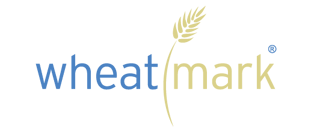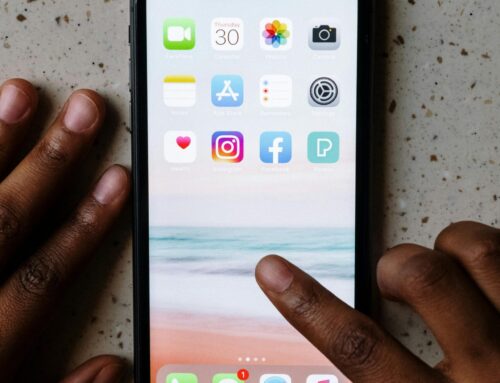Twitter is about making connections in short, snappy bits of conversation. You have 140 characters for each message, which includes text, hashtags (#), private connections (@), links, and photos.
In this post we’ll discuss how to use hashtags in a search to find new contacts, conversations, and information.
Twitter Search
Type in a word or phrase in the Twitter search bar and you will get a list of tweets matching what you have entered, e.g., candy, finances, weather.
Use that same word or phrase but add a hashtag (#) before the keyword or phrase and you get a greatly expanded list. This is because the actual tweet may not be using the keyword specifically in the text, but the author of the tweet thought it was relevant enough to that topic and inserted that keyword with a hashtag.
For instance if you type #scifi, #money, or #cat into a Twitter search bar you will be given a long list of tweets around those words. Not all the messages shown will have #scifi in the actual message per se, but will have that keyword added usually at the end of the tweet.
You can easily scroll through the list of tweets that are displayed to connect with the latest information on your subject. You can view the real-time conversation that is going on, compare ideas, and join in.
The conversations shown may not be all positive!
Searching for #obama will bring up tweets from all sides of the political spectrum. Accolades, sneers, news items, name calling, etc. It’s a great way to see both sides of a conversation on any given topic.
Expand your target audience
Another benefit for you as an author is to use hashtags in defining your target audience. Is there a real conversation centered around your topic? If not, you might want to think about your topic before investing in its publication and marketing.
In most cases if your keyword is specific and on target, you will find many new people to connect with. You can create a master keyword list and use it daily or a couple of times a week. In a short amount of time, you will soon recognize the authority key figures to follow and the trending conversations to follow.
Use hashtags for research
Twitter can be a goldmine for behind-the-scenes information, facts, and surprising details for your book. Use hashtags to expand topics you’re writing about, places you want to explore, and people you need to know more about.
Examples:
#digitalcamera
#401K
#alzheimers
#methodone
Twitter can be used to research audience information, background, new books, special deals, coupons, tutorials, free offers, and much more.
Next we’ll discuss using hashtags to build your first 100 Twitter followers.
At Wheatmark, we believe in helping authors with every step of the writing and publishing process. Whether your book is is in the beginning or final stages to tell us about your project, tell us about it.





